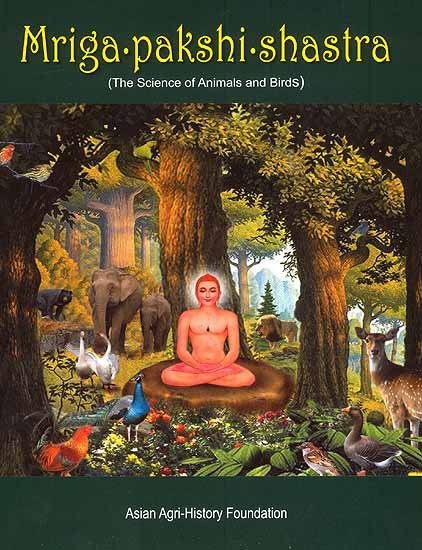Animal Kingdom (Tiryak) in Epics
by Saranya P.S | 2019 | 51,616 words | ISBN-10: 8190396315 | ISBN-13: 9788190396318
An English study the Animal Kingdom (Tiryak) in Epics.—The present thesis is based entirely on Ramayana and Mahabharata although an attempt is made to analytically compare the Animal kingdom with Mriga-pakshi-shastra—‘The ancient Indian science of of Animals and Birds’....
Chapter 4.4 - The Bear (Riksha) in the Epics
In the Ramayana, there are references to many animals which are an inalienable part of Nature and Environment. The most important among them are the lion, elephant, tiger, cow, horse, deer, monkey, bull and dog.
Along with the descriptions of other animals we can also see the descriptions about the bear in the Ramayana.[1]
Bears are of three kinds according to their nature, quality and work.[2] Their mating season is spring. They become fully mature in their 3rd or 4th year. They like to remain in the shades of trees, in bushes or banks of rivers. They leap a lot and then foam comes out of their mouths. Once the female becomes pregnant she becomes sleepy. During their pregnancy the female does not enjoy much food. In her 9th or 10th month of pregnancy, the female gives birth to usually 2 cubs. The females generally deliver in winter. They feed their young ones with breast milk until they are one year old. The young ones begin to mature in their 2nd or 3rd year. They are always hungry and ferocious. They are very cunning and they dwell in bushes.
The variety called Riksha is stout. These bears have long jaws, claws and bodies. They are black, dull in nature and hot-tempered. Their faces are small. When they are angry they can run very fast. Their lips and tongue are always in motion and often foam is coming out of their mouths. They are afraid of rain and cold. They are cruel and nasty. Their cry is very harsh and unpleasant. They are fond of harming other animals.
The 2nd variety is Acchabhalla. Some of them have red spots throughout their bodies and some have various colours on their necks. They have white feet and bellies. They roam about at midnight. They have long claws and jaws and have terrible faces. They do not like the scent of humans. They kill human beings as they are fond of human flesh.
The 3rd variety is known as Bhalluka. They are short. They have long jaws, short ears, long nose and neck. They move about very fast during the day time. They often fight among themselves. They are foolish and fall easily into various traps. From their mouths foam oozes out. When they are hungry they make dance-like movements. They are very wicked and nasty
Footnotes and references:
[1]:
Valmiki Ramayana 2.54.29, 2.93.2, 3.4.3, 4.27.3, 6.4.84, 6.4.107, 6.39. 16, 7.31.20
[2]:
Mrigapakshishastra [mriga-pakshi-shastra] .I.4.163.b, 183.b, 189.b, 197.b
